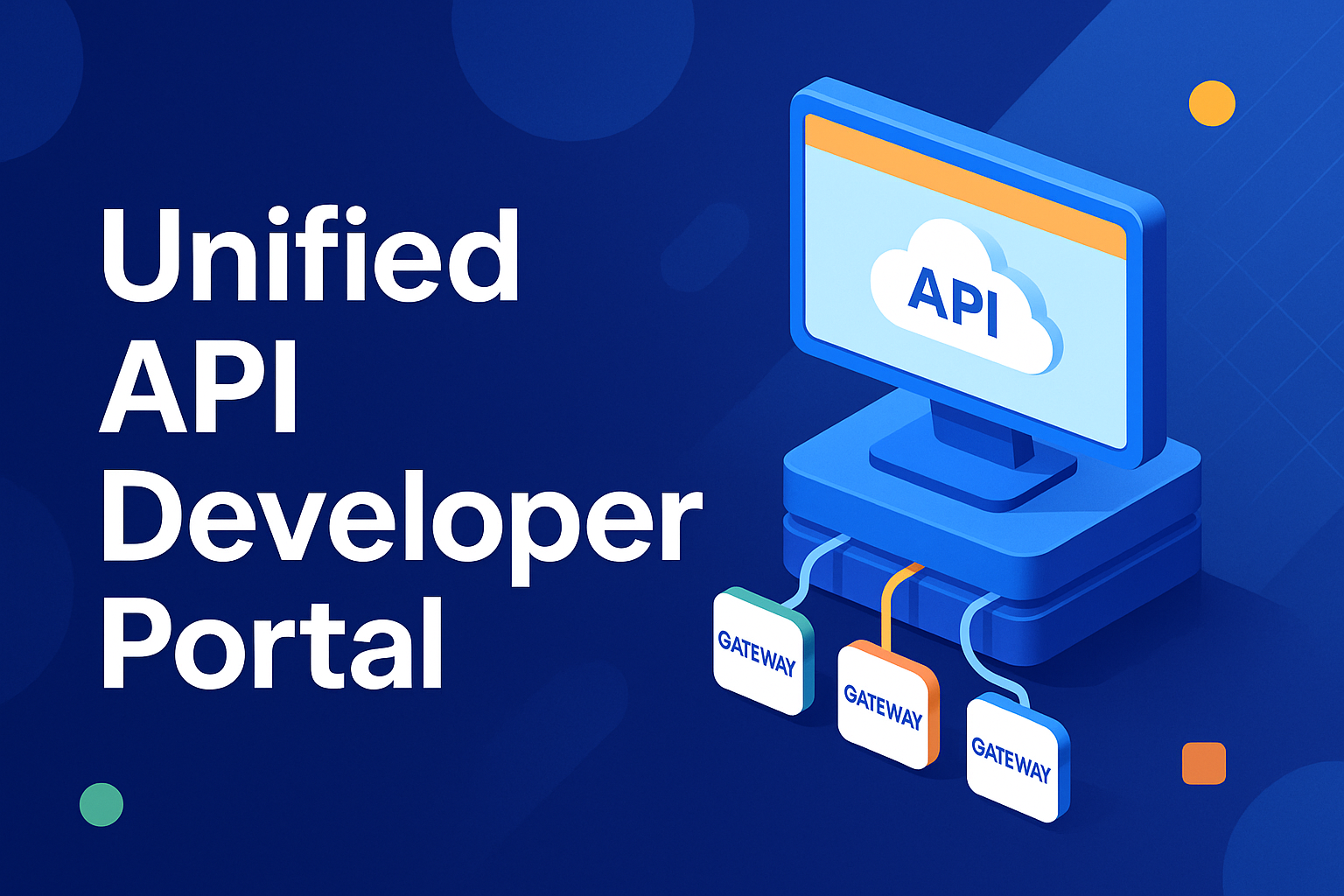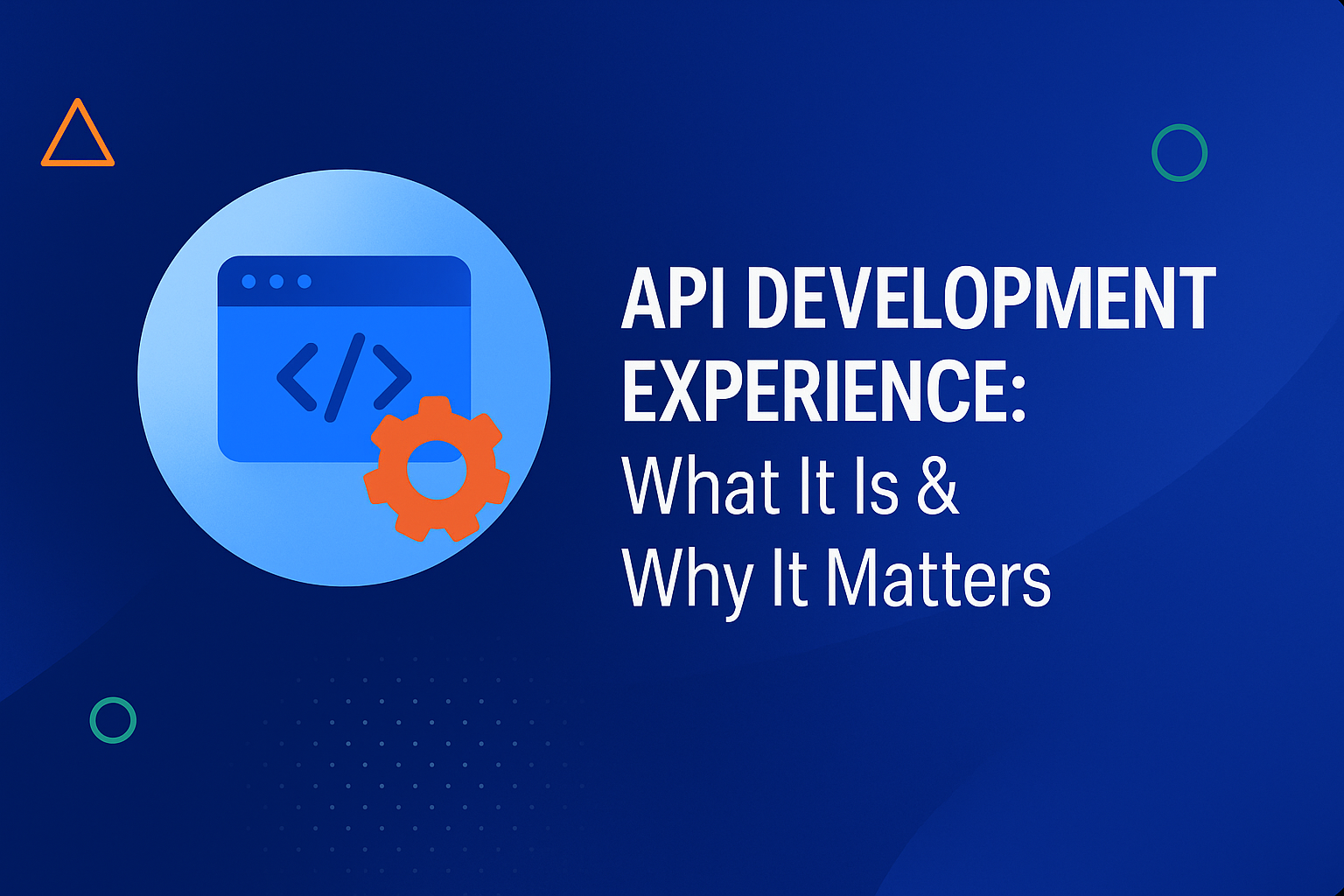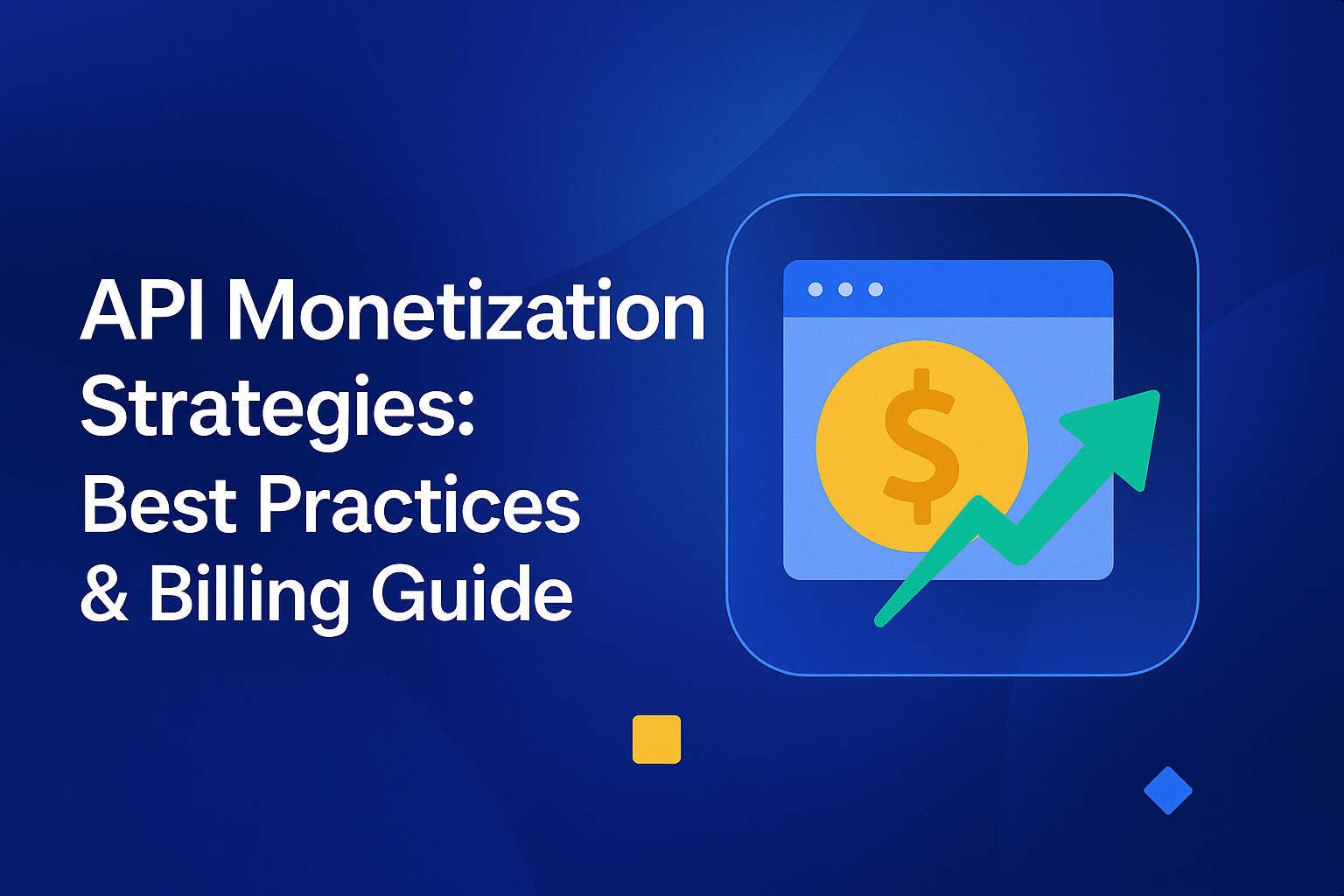
Enterprises rarely rely on just one API gateway. Over time, teams adopt multiple platforms: Apigee for legacy apps, Helix, Kong or Mulesoft for partner APIs, and AWS API Gateway for serverless functions. While this evolution makes sense technically, it creates a fragmented experience for developers.
APIs become scattered across portals, onboarding gets inconsistent, and visibility into usage or governance weakens. This is where a unified API developer portal becomes critical.
Imagine a single destination where developers, internal or external, can discover, test, and subscribe to any API, regardless of where it's hosted. No more context-switching. No more outdated documentation or hidden endpoints. Just one portal, one experience.
In this blog, we’ll break down how to build such a unified portal. We’ll explore the challenges of multi-gateway environments, key architectural elements, and best practices that help enterprises streamline access, enforce governance, and scale API adoption across the board.
What is a unified API developer portal?
A unified API developer portal is a centralised platform that provides developers with seamless access to all APIs across an organisation, regardless of which gateway they’re hosted on. Instead of navigating multiple portals tied to specific platforms like Apigee, Kong, Mulesoft, or AWS, developers get a single interface where they can search, explore, test, and subscribe to APIs.
This unified portal acts as a gateway-agnostic layer that abstracts away the complexity of the underlying infrastructure. Whether an API is REST, GraphQL, or AsyncAPI, the portal standardises how it’s documented, discovered, and consumed. It ensures consistency in onboarding flows, authentication methods, and subscription models, providing a smoother experience for both internal teams and external partners.
But it's not just about developer experience. A unified portal also empowers platform teams by bringing in centralised governance, consistent tagging, lifecycle management, and access policies. It enables consolidated analytics and usage insights across gateways, helping teams identify what’s working and where adoption gaps lie.
In essence, a unified API portal treats APIs like products, decoupling them from the backend gateways they live in. This allows organisations to scale API consumption faster, enforce enterprise-wide standards, and prepare for emerging use cases, like AI agents, that demand a predictable, self-serve layer for accessing business capabilities.
Core components of a unified API portal
Building a unified API portal isn’t just about stitching together a UI. It requires a thoughtful architecture that simplifies discovery, standardises access, and ensures governance, no matter how many gateways you operate. Here are the essential components that make it all work:
1. Gateway-agnostic API catalogue
The heart of a unified portal is its catalogue. It indexes APIs across all gateways, Apigee, Kong, Mulesoft, and AWS into a single searchable view. This means developers can find what they need without knowing where it’s hosted. Taxonomies, tagging, versioning, and ownership metadata help structure the catalogue for easier navigation.
2. Identity & access management (IAM) integration
A unified experience needs unified access. Integrating with enterprise IAM systems allows for consistent authentication and authorisation flows, whether via OAuth, API keys, or SSO. This ensures the right developers get the right access and reduces manual approvals.
3. Documentation sync & transformation layer
Gateways often store API specs in different formats (OpenAPI, RAML, WSDL). A transformation layer standardises these into a consistent, developer-friendly format. Live docs, try-it-out features, and changelogs can be auto-generated and synced across systems.
4. Built-in testing & subscription workflows
Developers expect to try APIs before integrating. The portal should support test credentials, sandboxes, and guided subscription flows. Ideally, this includes approval mechanisms, quota assignment, and integration with API keys or tokens from the source gateway.
5. Analytics dashboard
A centralised dashboard provides usage insights across gateways. Platform teams can monitor traffic, errors, latency, and top consumers. This helps identify popular APIs, troubleshoot issues, and drive product decisions based on adoption data.
6. Governance hooks & lifecycle management
To scale securely, governance must be baked in. The portal should allow APIs to be published only after approval workflows are complete, tagged with lifecycle stages (beta, stable, deprecated), and clearly show ownership. This ensures consistency without slowing down teams.
How to build a unified API developer portal?
Building a unified API developer portal involves more than merging links from multiple gateways. It’s about creating a cohesive, scalable platform that abstracts complexity, enforces governance, and delights developers. Here's how to approach it:
- Define the metadata model: Start by creating a metadata schema that standardises how APIs are described across gateways. Include attributes like name, version, team owner, lifecycle stage, and usage policies. This forms the foundation of your unified catalogue and powers search, filtering, and governance.
- Build connectors to your gateways: Develop or configure connectors that ingest API definitions and metadata from platforms like Apigee, Kong, Mulesoft, or AWS. These connectors should periodically sync updates and allow bidirectional communication for tasks like subscription approvals or analytics collection.
- Standardise documentation and testing: Implement a transformation layer that can convert various spec formats (OpenAPI, RAML, GraphQL, etc.) into a consistent display format. Add in “try-it-out” functionality using mock servers or gateway sandbox environments so developers can interact with APIs before integrating.
- Integrate IAM and access workflows: Link the portal to your identity providers (SSO, LDAP, etc.) and access control systems. Automate provisioning of API keys, OAuth tokens, or client credentials based on developer role, approval workflows, or team association.
- Build a unified frontend experience: Use a frontend framework like React to design a clean, modular interface that offers discovery, search, filters, documentation views, and analytics dashboards. Make it responsive and accessible to support internal and external developer personas.
- Layer in analytics and feedback loops: Embed analytics tracking to capture who’s using what, where friction occurs, and how APIs are performing. Use this to power dashboards for platform teams and feedback loops to API product owners, enabling continuous improvement.
- Embed governance & lifecycle controls: Ensure APIs can’t go live in the portal without review, approval, or meeting minimum documentation and testing criteria. Enforce tagging, ownership, and lifecycle status to maintain quality and compliance.
Get started with a unified developer portal with Digital API today!
Most organisations today rely on multiple API gateways to manage their services. The downside? They’re forced to maintain multiple developer portals, one for each gateway. This leads to poor API visibility, fragmented adoption, and overwhelming sprawl. On top of that, valuable developer time is drained building and managing these portals.
At Digital API, we’re solving this with a unified API developer portal that works across all your gateways. It’s a plug-and-play solution that lets you connect any number of gateway instances and environments, and manage your entire API catalogue from a single dashboard.
The portal comes in three parts:
- Internal Portal – for your in-house teams
- External Portal – for partners and customers
- Public Portal – to showcase all your APIs
No more context switching. No more duplicate effort. Just one powerful platform to drive adoption, governance, and scale.
You’ve spent years battling your API problem. Give us 60 minutes to show you the solution.
.svg)

%20(1).png)





